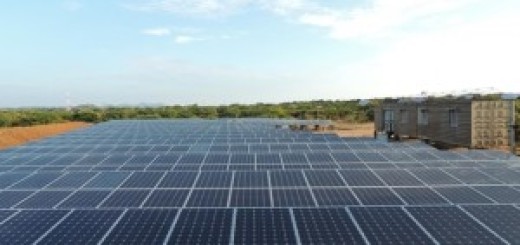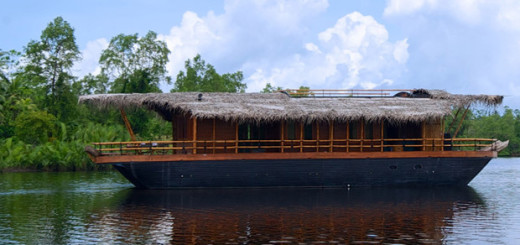Whales, workshops and watalappan: WDC in Sri Lanka
by Jetwing · Published · Updated
WDC, Whale and Dolphin Conservation (formerly WDCS) is the leading global charity dedicated to the conservation and protection of whales and dolphins. Jetwing is proud to be partners in their Project BLUEprint initiative since 2012 in supporting and encouraging responsible whale and dolphin watching.
The following blog post excerpt by Vanessa Williams-Grey looks at the third visit by WDC and their team to Sri Lanka, as they run activities under Project BLUEprint encouraging responsible, community-based whale and dolphin watching in Sri Lankan waters.
This blog could equally have been titled ‘sperm whales, spinner dolphins and serendipity’! I’ve just returned from an action-packed week in Sri Lanka, heading a small team comprising WDC colleague, Rob Lott, along with WDC Ambassador and professional photographer, Andrew Sutton and his wife Rachel Collingwood. This was our third trip, and once again, our objective was to run activities under WDC’s Project BLUEprint partnership which encourages responsible, community-based whale and dolphin watching in Sri Lankan waters.


Our first stop was Kalpitiya to the northwest of the island. Still fairly unspoilt, this is a wild and beautiful landscape characterised by mangrove swamps and salt marshes. The largest coral reef off Sri Lanka, ‘Bar Reef’, is only an hour away.

Here, we joined biologist and DWC (Department of Wildlife Conservation) consultant, Ranil Nanayakkara, and local organiser, Ashan Seneviratne, to run a whale watch operator training workshop. The workshop was attended by over 100 local whale and dolphin watching operators, plus representatives from the conservation and tourism communities, sponsors and media. Presentations highlighted the importance of observing regulations and gave advice on identifying whales at sea, and dealing with unreasonable or unsafe requests from passengers. Discussion forums followed, all operators received course hand-outs, a certificate and t-shirt which most delegates immediately donned for a group photo!

The operators also asked for our help in publicising a current threat to local dolphin populations – and also of course, to their livelihoods – due to illegal fishing methods in the region. Purse seine nets (also known as Laila nets), coupled with dynamite, are being used illegally to target tuna and other fish species, and in the process are causing the death of spinner dolphins, sharks, turtles and other species as well as irreparably damaging coral reefs. We gave interviews to the local media, urging action to ban this utterly destructive fishing method which not only threatens dolphin populations, but also the livelihood of local operators and of course Sri Lanka’s ecotourism reputation.
We spent the following day at sea, where our delight at seeing an exuberant pod of spinner dolphins, as well as striped dolphins and sperm whales (more of which shortly….) was tempered by the knowledge that these waters are far from a safe haven.

Travelling down to Colombo, we gave a press conference on the workshop and once more called for strong action against the dynamite fishing. I also took the opportunity to flag up WDC’s strong concern at the disturbing proliferation of trips promoting the opportunity for members of the public to swim or dive with blue whales. Sri Lanka’s regulations forbid the public to swim with whales (except for divers in possession of a DWC permit) yet in several areas, particularly off Mirissa to the south, this rule appears to be somewhat laxly interpreted.
Read more from the WDC blog




